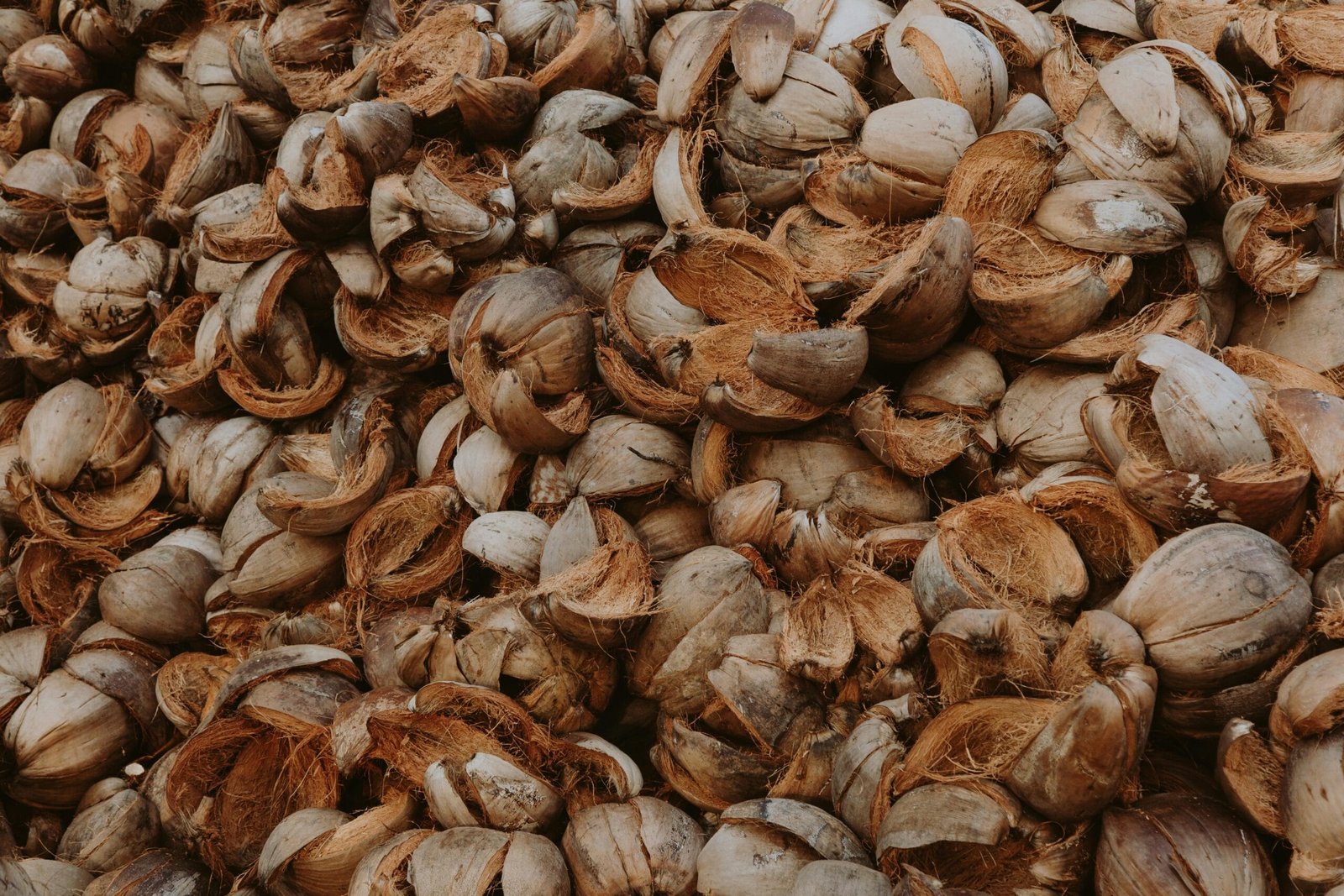Innovations in Agricultural Residue Conversion to Bioproducts and Energy

By Dr. Oluwatobi Oni
Agricultural residues such as corn stover, wheat straw, rice husks, and other plant by-products are often seen as waste. Nevertheless, they hold immense potential as a renewable feedstock for sustainable bioproducts and clean energy. As climate and resource challenges intensify, recent innovations are turning these residues into high-value solutions for a circular, bio-based economy.
The Case for Agricultural Residue Utilisation
Globally, over 5 billion metric tonnes of agricultural residues are generated annually, with a large portion is either burned or left to rot, contributing to greenhouse gas emissions and local pollution. However, lignocellulosic residues, the major component of plant by-products, are rich in cellulose, hemicellulose, and lignin, building blocks for fuels, plastics, and high-value chemicals. Moreover, they can also be microbially processed into animal feed and renewable energy. Therefore, transforming them into valuable outputs not only diverts waste but offers environmental and economic benefits, especially for rural economies.
Recent Breakthroughs in Bioproduct Innovation
Several technological and processing barriers have long hindered the conversion of agricultural residues to high value bioproducts at scale. For example, traditional lignocellulosic biomass-to-bioplastic routes involve complex, energy intensive and cost-prohibitive processes such as hydrolysing biomass to sugars, converting sugars to monomers, and synthesising polymers.
A breakthrough study recently published in Science Advances introduced a simplified strategy to transform agricultural residues into cellulose-reinforced lignin (CRL) composites using thermo-compression moulding. The innovation bypasses the need to isolate individual monomers by directly recombining deconstructed lignocellulose into mouldable, durable materials. The resulting composites show excellent strength, water resistance, and flame retardancy, comparable to engineered wood or plastics and has potential uses in furniture, construction, and consumer products. This novel method helped avoid use of petroleum-based resins, minimised toxicity through reduced formaldehyde emissions, and produced cost-effective materials that can be repurposed after use.
Agricultural residues pre-treatment methods are also advancing. For example, a recent study in Bioresource Technology reported a novel approach for extracting sugars from corn residues for biofuel production. Besides maximising sugar yield by up to 95%, the method allowed for spent liquor from the pre-treatment matrix to be repurposed as fertiliser, eliminating the need for expensive chemical recovery pre-treatment technologies. Techno-economic analysis of this dual-function approach showed significant lowering of production costs and reduction of environmental impact.
Advances in Bioenergy Production from Agricultural Residues
Beyond materials, agricultural residues are a valuable source of clean energy. Thermochemical methods such as pyrolysis and gasification convert residues into syngas or bio-oil for heat and power. Biochemical approaches, such as anaerobic digestion, generate biogas for electricity or fuel.
Recent innovations are improving the efficiency and flexibility of these systems. For instance, combining crop residues with animal waste in through anaerobic co-digestion technologies enhances gas yield and process stability. Additionally, biotechnological innovations have resulted in development of new microbial strains and artificial consortia with higher productivity in bioprocessing of complex agricultural residues.
Circular Systems and Integrated Biorefineries
One of the main values of today’s innovation in agricultural residue processing is the integration of conversion processes into circular systems. In modern biorefineries, residues are not just feedstock for one product but are valorised across multiple outputs such as bioplastics, biofuels, soil amendments, fertilisers, biostimulants, and many more.
Moreover, a cascading extraction approach i.e., extracting the highest value first (e.g., chemicals or biomaterials), followed by energy recovery maximises both sustainability and profitability. For example, after converting lignin and cellulose into CRL composites, the residual biomass can still be used as a feedstock for bioenergy or fertiliser, closing the loop.
Challenges and the Path Ahead
Despite technological progress, several barriers remain. Feedstock variability, logistics, policy fragmentation, and limited access to capital hinder commercial scale-up, especially in developing countries. Addressing these gaps will require enabling policies (e.g., subsidies, carbon pricing), investment in rural infrastructure, and strong public-private partnerships.
Importantly, technology transfer and capacity-building will be crucial to achieve global impact. Many regions with abundant biomass, particularly in sub-Saharan Africa, South Asia, and parts of South America, still lack the infrastructure and expertise to fully capitalise on these opportunities.
Nonetheless, agricultural residues represent an untapped goldmine for sustainable development. Recent innovations in bioproducts and bioenergy production technologies, bring the vision of a circular, inclusive bioeconomy closer to reality. Achieving this vision will require investment in scalable innovations, the closure of material loops, and coordinated action through public-private partnerships to fully scale agricultural residues conversion and deliver commercial and global sustainability outcomes.
How We Can Help
At Braintree Innovation & Research Advisory, we can help unlock value from agricultural residues through tailored support in innovation, sustainability, regulations & policy. Our services span technology scouting & evaluation, market intelligence, regulatory & policy support, and technical due diligence to support investments. We help deliver bioproduct and bioenergy solutions that drive circular economy and sustainability outcomes.

